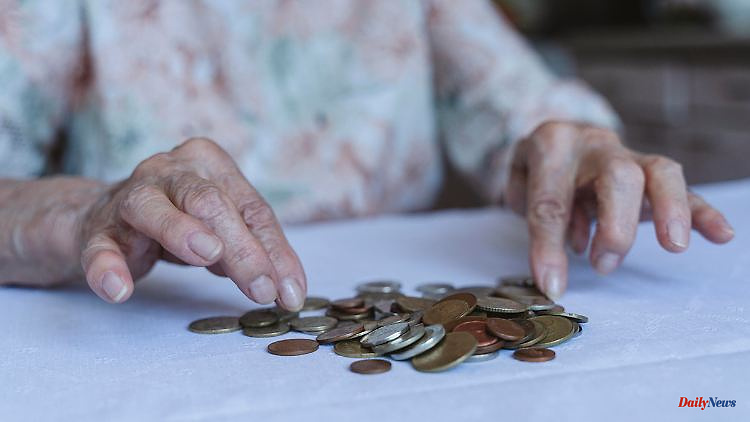The difference in earnings between women and men also affects pensions. According to the Federal Statistical Office, women receive an average of 30 percent less pension. The gap would be even greater if the survivor's pension did not exist.
On average, women’s retirement income in 2021 was significantly lower than that of men. This comes from data from the Federal Statistical Office. Accordingly, women over the age of 65 received an average of 17,814 euros per year, men 25,407 euros.
Retirement and survivor's pensions, pensions and pensions from individual private provision were included in the retirement income. The gender gap in retirement income, also known as the "gender pension gap", was 29.9 percent. On average, women's retirement income was almost a third lower than that of men.
According to the statistics authority, there are many reasons for this gap. Accordingly, women acquire lower pension entitlements because they sometimes work in lower-paid sectors than men. In addition, women are more likely to work part-time, take more and longer leave of absence, for example to look after children or relatives, and are also less likely to be in managerial positions.
According to the statistics, without taking survivor's pensions into account, the pension gap would be even larger. According to the data, around 29 percent of women over the age of 65 received old-age income from a survivor's pension, so-called derived claims. For men, this applied to just over five percent. Without the survivor's pensions, the gender pension gap would be 42.6 percent.
According to the statistics, one in five women over the age of 65 is at risk of poverty. The at-risk-of-poverty rate for women aged 65 and over was 20.9 percent in 2021, significantly higher than that for men of the same age at 17.5 percent. According to the EU definition, a person is considered to be at risk of poverty if they have less than 60 percent of the median income of the total population.












